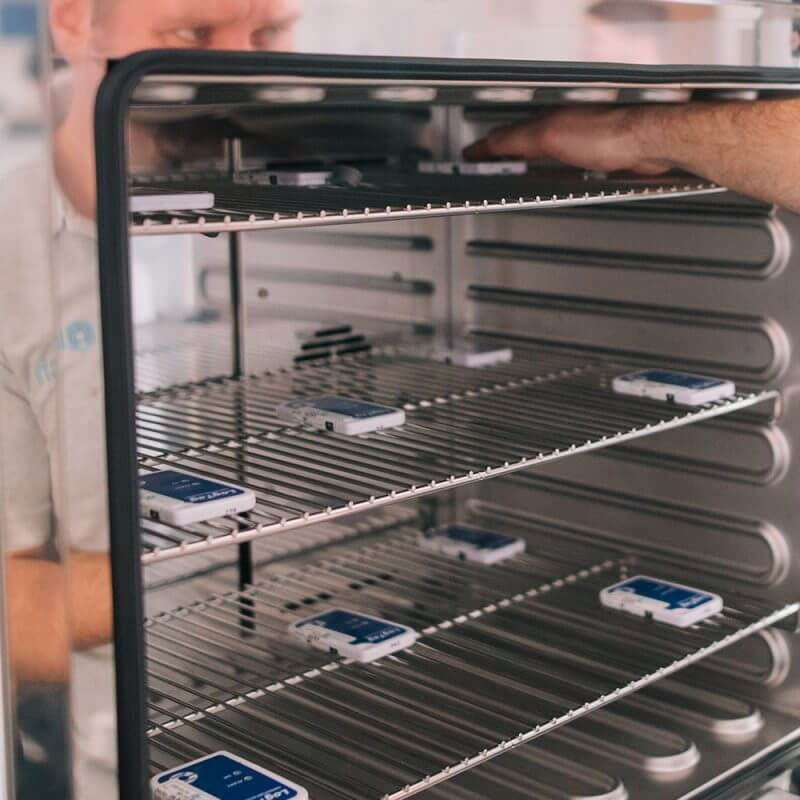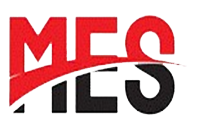Polavaram Mandal Dr.B.R.Ambedkar Konaseema District Andhra Pradesh
Temperature Mapping
Temperature mapping validation is a process that ensures temperature-controlled equipment or areas maintain consistent temperatures within prescribed limits. It involves measuring and documenting temperature variations across a facility, identifying potential "hot" or "cold" spots, and validating that the system operates within the required parameters. This is crucial for industries like pharmaceuticals, biotechnology, and food storage, where temperature deviations can impact product quality and safety.
1. Purpose of Temperature Mapping Validation:
Ensuring product integrity:
By validating the temperature-controlled environment, businesses can demonstrate that products are being stored and transported under conditions that maintain their quality and efficacy.
Compliance with regulations:
Many regulatory bodies, like the FDA and WHO, require temperature mapping and validation for temperature-sensitive products, especially in the pharmaceutical and biopharmaceutical industries.
Minimizing product loss:
Incorrect storage temperatures can lead to spoilage or degradation of products, resulting in financial losses. Temperature mapping helps identify potential problems and prevent them.
Optimizing equipment performance:
By identifying areas of inconsistent temperature, businesses can optimize the performance of their temperature-controlled equipment and facilities.
2. Process of Temperature Mapping Validation:
Data Loggers:
Temperature data loggers are strategically placed within the area being mapped to record temperature and humidity readings over a specific period, often 24 hours or more.
Data Analysis:
The collected data is then analyzed to identify temperature variations, hot spots, and cold spots.Validation Report:
A detailed report is generated documenting the temperature distribution, any identified inconsistencies, and recommendations for corrective actions.
3. Benefits of Temperature Mapping Validation:
Reduced product loss:
By identifying and correcting temperature variations, businesses can minimize product spoilage and waste.
Improved product quality:
Consistent temperatures ensure that products maintain their desired quality and efficacy.
Enhanced regulatory compliance:
Temperature mapping provides documentation that can demonstrate compliance with regulatory requirements.
Optimized resource utilization:
By identifying and addressing temperature-related issues, businesses can optimize the use of their resources, such as refrigeration and cooling systems.
-
Call - 9:00 am to 6:00 pm
+91 9121 721 751
-
Send email
megaengineering99@gmail.com
-
Visit office
Polavaram Mandal Dr.B.R.Ambedkar Konaseema District Andhra Pradesh


